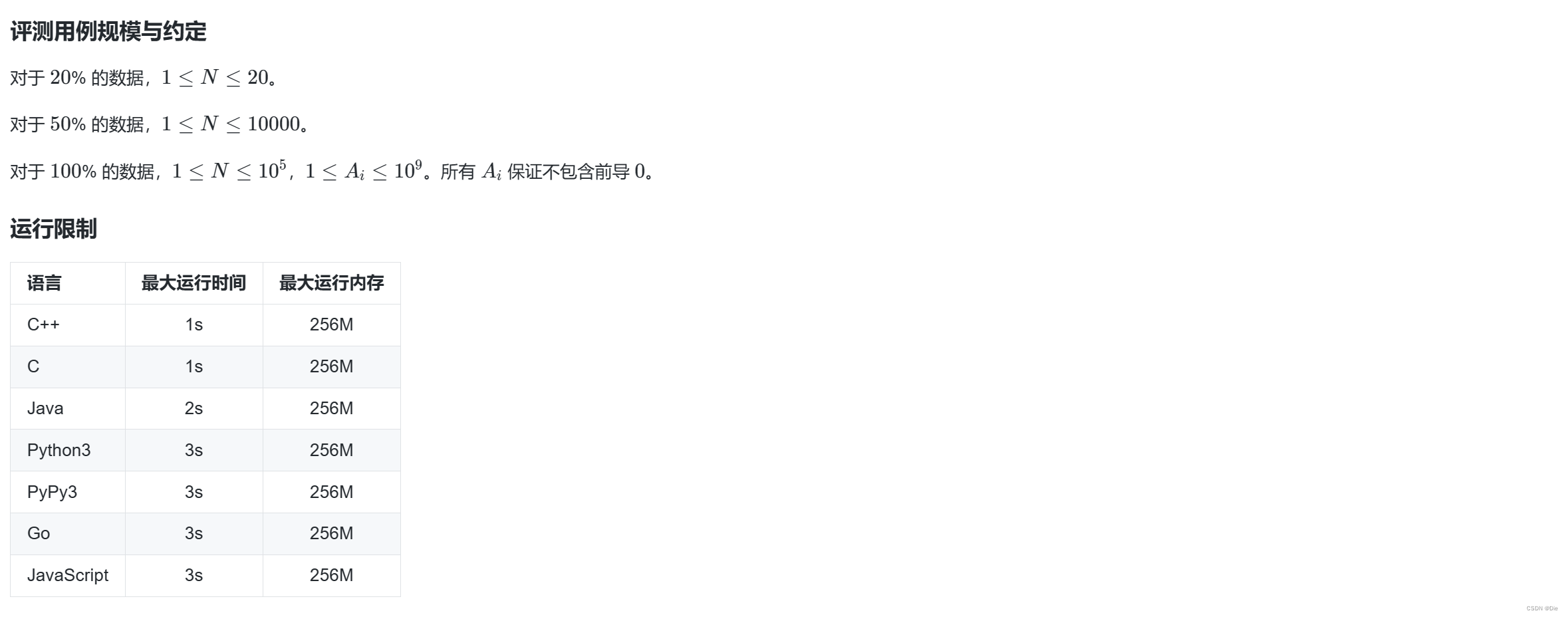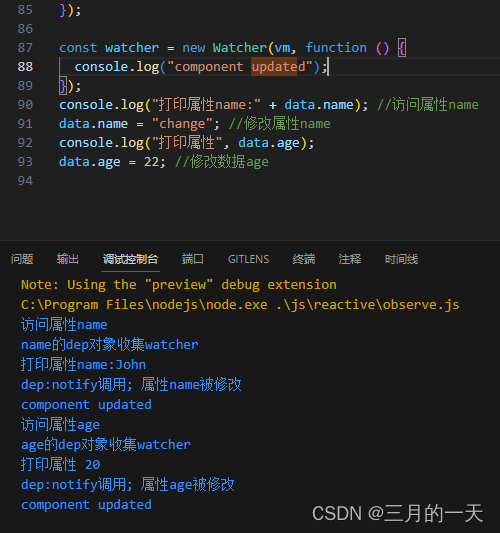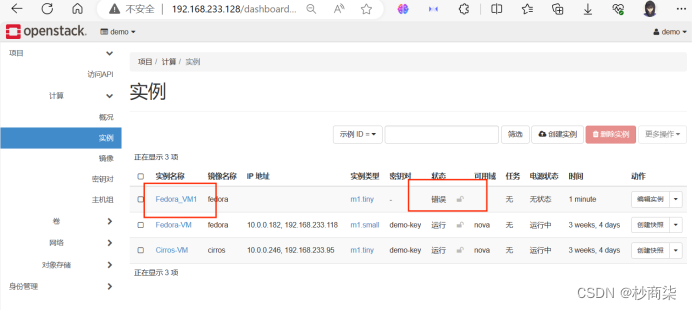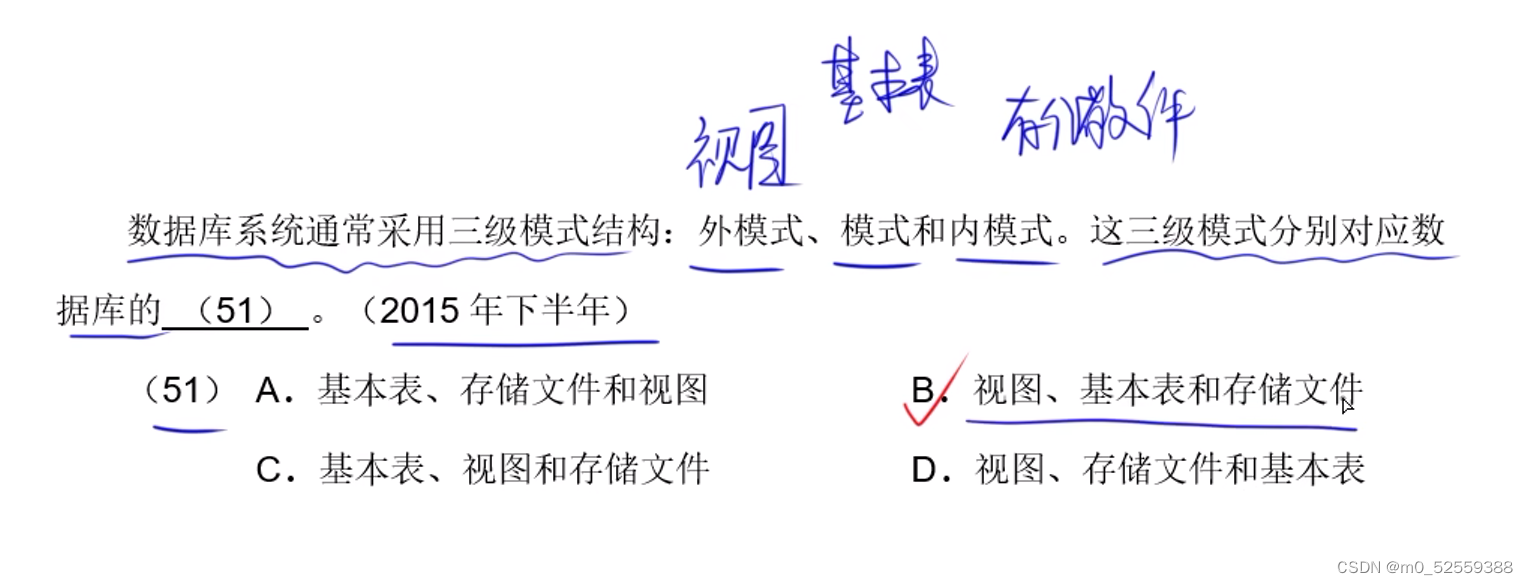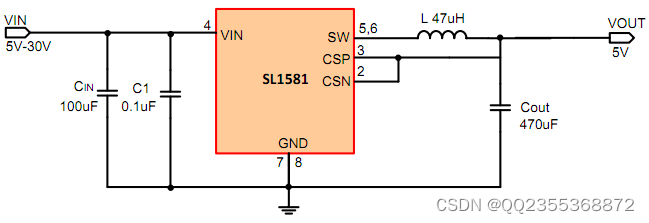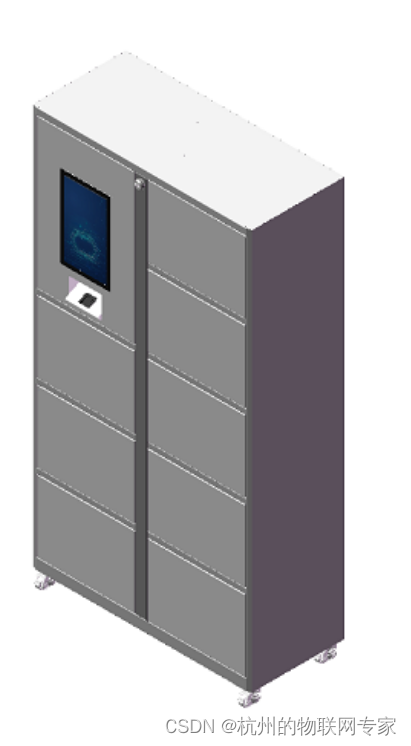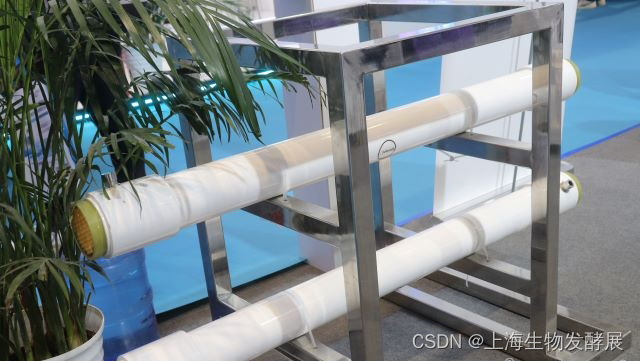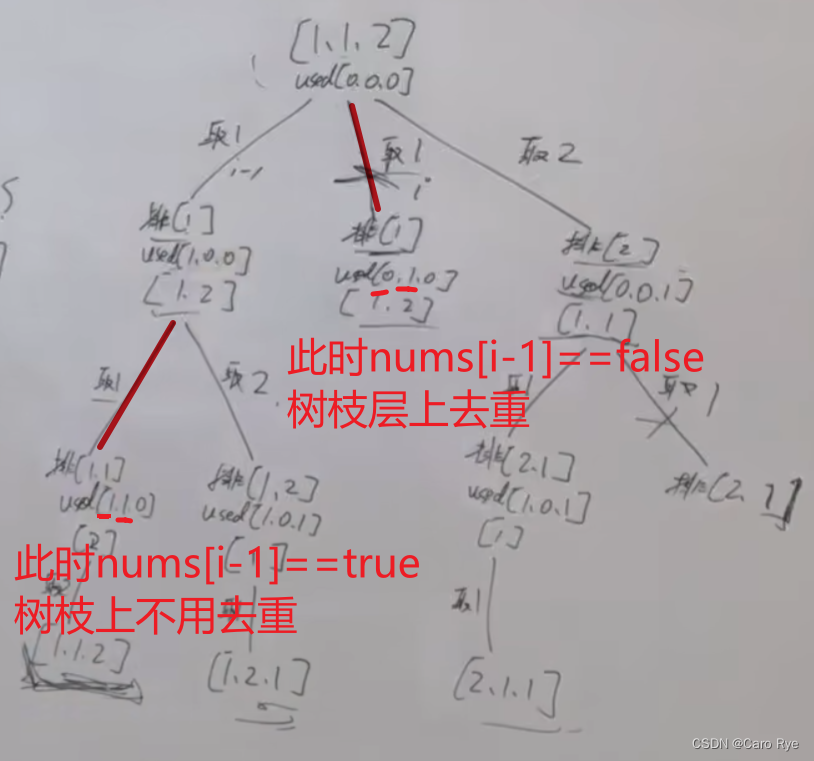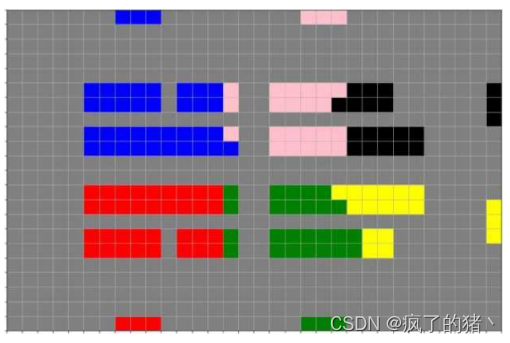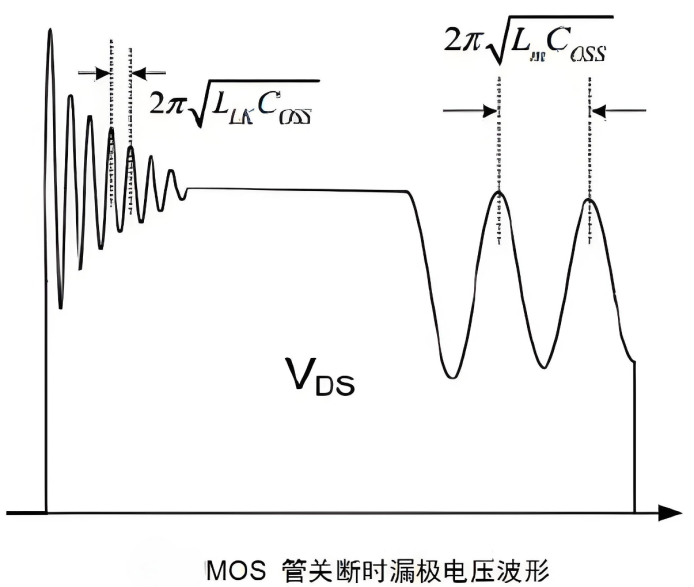文章目录
- 第三章(上):
- 3.STL 常用容器
- 3.1 string容器
- 3.1.1 string基本概念
- 3.1.2 string构造函数
- 3.1.3 string赋值操作
- 3.1.4 string字符串拼接
- 3.1.5 string查找和替换
- 3.1.6 string字符串比较
- 3.1.7 string字符存取
- 3.1.8 string插入与删除
- 3.1.9 string子串
- 3.2 vector容器
- 3.2.1 vector基本概念
- 3.2.2 vector构造函数
- 3.2.3 vector赋值操作
- 3.2.4 vector容量和大小
- 3.2.5 vector插入与删除
- 3.2.6 vector数据存取
- 3.2.7 vector互换容器
- 3.2.8 vector预留空间
- 3.3 deque容器
- 3.3.1 deque基本概念
- 3.3.2 deque构造函数
- 3.3.3 deque赋值操作
- 3.3.4 deque大小操作
- 3.3.5 deque插入与删除
- 3.3.6 deque数据存取
- 3.3.7 deque排序
- 3.4 案例 - 后续更新
- 3.5 stack容器
- 3.5.1 stack基本概念
- 3.5.2 stack常用接口
第三章(上):
3.STL 常用容器
3.1 string容器
3.1.1 string基本概念
本质:是一个类。
string与char *区别:
-
char *是一个指针
-
string是一个类,内部封装了char *,管理字符串,一个char *型的容器
特点:
-
string类内部封装了许多成员方法,如查找find,删除delete,插入insert等方法
-
string管理char *所分配内存,不需担心出现复制越界和取值越界等问题,由类内部进行负责
3.1.2 string构造函数
函数原型:
-
string(); //创建一个空字符串
string(const char* s); //使用字符串s初始化 -
string(const string& str); //使用一个string对象初始化另一个string对象
-
string(int n, char c); //使用n个字符c初始化
#include <iostream>
using namespace std;
#include <string>
void test01()
{
string s1; //默认构造
cout << "s1 = " << s1 << endl;
const char* str = "hello";
cout << "str = " << str << endl;
string s2(str);
cout << "s2 = " << s2 << endl;
string s3(s2);
cout << "s3 = " << s3 << endl;
string s4( 5, 'h');
cout << "s4 = " << s4 << endl;
}
int main()
{
test01();
system("pause");
return 0;
}
3.1.3 string赋值操作
作用:给字符串进行赋值。
函数原型:
-
string& operator=(const char* s); //char*类型字符串赋值给当前字符串
-
string& operator=(const string &s); //字符s赋值给当前字符串
-
string& operator=(char c); //字符赋值给当前字符串
-
string& assign=(const char* s); //字符串s赋值给当前字符串
-
string& assign=(const char* s, int n); //字符串s的前n个字符赋值给当前字符串
-
string& assign=(const string &s); //字符串s赋值给当前字符串
-
string& assign=(int n, char c); //n个字符赋值给当前字符串
#include <iostream>
using namespace std;
#include <string>
void test01()
{
string str1;
str1 = "hello";
cout << "str1 = " << str1 << endl;
string str2;
str2 = str1;
cout << "str2 = " << str2 << endl;
string str3;
str3 = 'h';
cout << "str3 = " << str3 << endl;
string str4;
str4.assign("hello");
cout << "str4 = " << str4 << endl;
string str5;
str5.assign("hello", 2);
cout << "str5 = " << str5 << endl;
string str6;
str6.assign(str5);
cout << "str6 = " << str6 << endl;
string str7;
str7.assign(5, 'h');
cout << "str7 = " << str7 << endl;
}
int main()
{
test01();
system("pause");
return 0;
}
3.1.4 string字符串拼接
作用:在字符串末尾拼接字符串
函数原型:
-
string& operator+=(const char* str); //重载+=操作符
-
string& operator+=(const char c); //重载+=操作符
-
string& operator+=(const string& str); //重载+=操作符
-
string& append(const char *s); //字符串s连接到当前字符串结尾
-
string& append(const char *s, int n); //字符串s前n个字符连接到当前字符串结尾
-
string& append(const string &s); //重载+=操作符
-
string& append(const string &s, int pos, int n)
//字符串s从pos开始的n个字符连接到字符串结尾#include <iostream> using namespace std; #include <string> void test01() { string str1 = "你好"; str1 += "我叫小明"; cout << "str1 = " << str1 << endl; string str2 = "hello"; str1 += str2; cout << "str1 = " << str1 << endl; cout << "str2 = " << str2 << endl; string str3 = "你"; str3.append("好"); cout << "str3 = " << str3 << endl; str3.append("jack", 3); cout << "str3 = " << str3 << endl; str3.append(str2); cout << "str3 = " << str3 << endl; str3.append(str2, 0, 3); cout << "str3 = " << str3 << endl; } int main() { test01(); system("pause"); return 0; }
3.1.5 string查找和替换
作用:
-
查找:查找指定字符串是否存在
-
替换:在指定位置置换字符串
函数原型:
-
int find(const string& str, int pos = 0) const; //查找str第一次出现位置,从pos开始查找
-
int find(const char* s, int pos = 0) const; //查找s第一次出现位置,从pos开始查找
-
int find(const char* s, int pos, int n) const; //从pos位置开始查找s的前n个字符第一个位置
-
int find(const char c, int pos = 0) const; //查找字符c第一次出现位置
-
int rfind(const string& str, int pos = npos) const;//查找str最后一次出现位置,从pos开始查找
-
int rfind(const char* s, int pos = npos) const; //查找s最后一次出现位置,从pos开始查找
-
int rfind(const char* s, int pos, int n) const; //从pos查找s的前n个字符最后一次位置
-
int rfind(const char c, int pos = 0) const; //查找字符c最后一次出现位置
-
string& replace(int pos, int n, const string& str);//替换从pos开始n个字符为字符串str
-
string& replace(int pos, int n, const char* s); //替换从pos开始n个字符为字符串s
#include <iostream>
using namespace std;
//查找
void test01()
{
string str1 = "asdfgh";
int pos = str1.find("dg");
cout << "pos = " << pos << endl;
if (pos == -1)
{
cout << "未找到字符串" << endl;
}
else
{
cout << "找到字符串,pos = " << pos << endl;
}
pos = str1.rfind("df");
cout << "pos = " << pos << endl;
}
//替换
void test02()
{
string str2 = "qwertyu";
str2.replace(1, 3, "hhhh"); //1号位置起3个字符,替换“hhhh”
cout << "str2 = " << str2 << endl;
}
int main()
{
test01();
test02();
system("pause");
return 0;
}
find与rfind区别:
-
find: 从左往右查找
-
rfind:从右往左查找
3.1.6 string字符串比较
作用:字符串之间比较
比较方式:ASCII码
-
= 返回 0
-
< 返回 -1
-
》返回 1
函数原型:
-
int compare(const string &s) const; //与字符串s比较
-
int compare(const char *s) const; //与字符串s比较
#include <iostream>
using namespace std;
void test01()
{
string str1 = "hello";
string str2 = "hallo";
if (str1.compare(str2) == 0)
{
cout << "str1 = str2" << endl;
}
else if (str1.compare(str2) > 0)
{
cout << "str1 > str2" << endl;
}
else
{
cout << "str1 < str2" << endl;
}
}
int main()
{
test01();
system("pause");
return 0;
}
3.1.7 string字符存取
函数原型:
-
char& operator[] (int n); //通过[]方式获取字符
-
char& at(int n); //通过at方式获取字符
#include <iostream>
using namespace std;
void test01()
{
string str1 = "hello";
string str2 = "hallo";
//获取字符
for (int i = 0; i < str1.size(); i++)
{
cout << str1[i] << " ";
}
cout << endl;
for (int i = 0; i < str2.size(); i++)
{
cout << str2.at(i) << " ";
}
cout << endl;
//修改字符
str1[1] = 'a';
cout << "str1 = " << str1 << endl;
str2.at(0) = 'e';
cout << "str2 = " << str2 << endl;
}
int main()
{
test01();
system("pause");
return 0;
}
3.1.8 string插入与删除
作用:对string字符串进行插入和删除字符操作
函数原型:
-
string& insert(int pos, const char* s); //插入字符串
-
string& insert(int pos, const string& str); //插入字符串
-
string& insert(int pos, int n, char c); //在指定位置插入n个字符c
-
string& erase(int pos, int n = npos); //删除从pos开始的n个字符
#include <iostream>
using namespace std;
void test01()
{
//插入
string str1 = "hello";
str1.insert(1, "yyy");
cout << "str1 = " << str1 << endl;
//删除
str1.erase(1, 3);
cout << "str1 = " << str1 << endl;
}
int main()
{
test01();
system("pause");
return 0;
}
3.1.9 string子串
作用:从字符串中获取子串
函数原型:
- string substr(int pos = 0, int n = npos) const; //返回由pos开始的n个字符组成的字符串
#include <iostream>
using namespace std;
void test01()
{
string str = "hello";
string subStr = str.substr(1, 3);
cout << "subStr = " << subStr << endl;
}
int main()
{
test01();
system("pause");
return 0;
}
3.2 vector容器
3.2.1 vector基本概念
作用:与数组非常相似,也称单端数组
vector与普通数组区别:
- 数组是静态空间,vector可动态扩展
动态扩展:
- 找更大的内存空间,将原数据拷贝至新空间,释放原空间

- vector容器的迭代器是支持随机访问的迭代器
3.2.2 vector构造函数
作用:创建vector容器
函数原型:
-
vector<T> v; //采用模板实现类实现,默认构造函数 -
vector(v.begin(), v.end()); //v[begin(), end())区间中的元素拷贝给本身
-
vector(n, elem); //n个elem拷贝给本身
-
vector(const vector &vec); //拷贝构造函数
#include <iostream>
using namespace std;
#include <vector>
void printVector(vector<int> &v)
{
for (vector<int>::iterator it = v.begin(); it != v.end(); it++)
{
cout << *it << " ";
}
cout << endl;
}
void test01()
{
vector<int> v1; //默认构造函数
for (int i = 0; i < 10; i++)
{
v1.push_back(i);
}
printVector(v1);
//通过区间方式构造
vector<int> v2(v1.begin(), v1.end());
printVector(v2);
//通过n个elem方式构造
vector<int>v3(10, 10);
printVector(v3);
//拷贝构造
vector<int>v4(v3);
printVector(v4);
}
int main()
{
test01();
system("pause");
return 0;
}
3.2.3 vector赋值操作
作用:给vector容器进行赋值
函数原型:
-
vector& operator=(const vector &vec) //重载等号操作符
-
assign(beg, end); //[beg, end)区间的数据拷贝赋值给本身
-
assign(n, elem); //n个elem拷贝赋值给本身
#include <iostream>
using namespace std;
#include <vector>
void printVector(vector<int>& v)
{
for (vector<int>::iterator it = v.begin(); it != v.end(); it++)
{
cout << *it << " ";
}
cout << endl;
}
void test01()
{
vector<int> v1;
for (int i = 0; i < 10; i++)
{
v1.push_back(i);
}
printVector(v1);
//operator=
vector<int> v2;
v2 = v1;
printVector(v2);
//assign
vector<int> v3;
v3.assign(v1.begin(), v1.end());
printVector(v3);
//n个elem方式
vector<int> v4;
v4.assign(10, 10);
printVector(v4);
}
int main()
{
test01();
system("pause");
return 0;
}
3.2.4 vector容量和大小
作用:进行vector容器的容量和大小操作
函数原型:
-
empty(); //判断容器是否为空
-
capacity(); //容器的容量
-
size(); //返回容器中元素个数
-
resize(int num); //重新指定容器长度为num,如果容器变长,则以默认值填充新位置
//如果容器变短,则末尾超出容器长度的元素将被删除 -
resize(int num, elem); //重新指定容器长度num,如容器变长,则以elem填充新位置
//如容器变短,则末尾超出容器长度的元素将被删除
#include <iostream>
using namespace std;
#include <vector>
void printVector(vector<int>& v)
{
for (vector<int>::iterator it = v.begin(); it != v.end(); it++)
{
cout << *it << " ";
}
cout << endl;
}
void test01()
{
vector<int> v1;
for (int i = 0; i < 10; i++)
{
v1.push_back(i);
}
printVector(v1);
if (v1.empty())
{
cout << "v1为空" << endl;
}
else
{
cout << "v1不为空" << endl;
cout << "v1的容量为" << v1.capacity() << endl;
cout << "v1的大小为" << v1.size() << endl;
}
//给v1容器重新指定大小
v1.resize(20);
printVector(v1); //如果重新指定的长度比原长度长,默认用0填充新的位置
v1.resize(20, 10);
printVector(v1);
v1.resize(5);
printVector(v1); //如果重新指定的长度比原长度短,超出的部分将被删除
}
int main()
{
test01();
system("pause");
return 0;
}
3.2.5 vector插入与删除
作用:进行vector容器的插入和删除操作
函数原型:
-
push_back(ele); //尾部插入元素ele
-
pop_back(); //删除最后一个元素
-
insert(const_iterator pos, ele); //迭代器指向位置pos插入元素ele
-
insert(const_iterator pos, int count, ele);//迭代器指向位置pos插入count个元素ele
-
erase(const_iterator pos); //删除迭代器指向的元素
-
erase(const_iterator start, const_iterator end); //删除迭代器从start到end之间的元素
-
clear(); //删除容器中所有的元素
#include <iostream>
using namespace std;
#include <vector>
void printVector(vector<int>& v)
{
for (vector<int>::iterator it = v.begin(); it != v.end(); it++)
{
cout << *it << " ";
}
cout << endl;
}
void test01()
{
vector<int> v1;
//尾插
v1.push_back(10);
v1.push_back(20);
v1.push_back(30);
v1.push_back(40);
v1.push_back(50);
printVector(v1);
//尾删
v1.pop_back();
printVector(v1);
//插入 第一个参数 - v1.begin() 为迭代器
v1.insert(v1.begin(), 3, 60);
printVector(v1);
//删除 参数 - 迭代器
v1.erase(v1.begin());
printVector(v1);
//清空
v1.erase(v1.begin(), v1.end());
v1.clear();
printVector(v1);
}
int main()
{
test01();
system("pause");
return 0;
}
3.2.6 vector数据存取
作用:进行vector容器的数据存取操作
函数原型:
-
at(int idx); //返回索引idx所指向的数据
-
operator[];//返回索引idx所指向的数据
-
front(); //返回容器中第一个数据元素
-
back(); //返回容器中最后一个数据元素
#include <iostream>
using namespace std;
#include <vector>
void test01()
{
vector<int> v;
for (int i = 0; i < 10; i++)
{
v.push_back(i);
}
for (int i = 0; i< v.size(); i++)
{
cout << v[i] << " "; //通过[]方式访问元素
}
cout << endl;
for (int i = 0; i < v.size(); i++)
{
cout << v.at(i) << " "; //通过at方式访问元素
}
cout << endl;
cout << "v的第一个元素为" << v.front() << endl;
cout << "v的最后一个元素为" << v.back() << endl;
}
int main()
{
test01();
system("pause");
return 0;
}
3.2.7 vector互换容器
作用:实现两个容器内元素进行互换
函数原型:
- swap(vec); //将vec与本身元素互换
#include <iostream>
using namespace std;
#include <vector>
void printVector(vector<int>& v)
{
for (vector<int>::iterator it = v.begin(); it != v.end(); it++)
{
cout << *it << " ";
}
cout << endl;
}
void test01()
{
vector<int> v1;
vector<int> v2;
for (int i = 0; i < 10; i++)
{
v1.push_back(i);
}
for (int i = 9; i >= 0; i--)
{
v2.push_back(i);
}
cout << "swap - before" << endl;
printVector(v1);
printVector(v2);
v1.swap(v2);
cout << "swap - after" << endl;
printVector(v1);
printVector(v2);
}
//实际运用
void test02()
{
vector<int>v3;
for (int i = 0; i < 10000; i++)
{
v3.push_back(i);
}
cout << "v3的容量为:" << v3.capacity() << endl;
cout << "v3的大小为:" << v3.size() << endl;
//重新指定大小
v3.reserve(5);
cout << "v3的容量为:" << v3.capacity() << endl;
cout << "v3的大小为:" << v3.size() << endl;
//利用swap收缩内存
vector<int>(v3).swap(v3); //vector<int>(v3) 匿名对象
cout << "v3的容量为:" << v3.capacity() << endl;
cout << "v3的大小为:" << v3.size() << endl;
}
int main()
{
test01();
test02();
system("pause");
return 0;
}
3.2.8 vector预留空间
作用:减少在动态扩展容量时的扩展次数
函数原型:
- reserve(int len); //容器预留len个元素长度,预留位置不初始化,元素不可访问。
#include <iostream>
using namespace std;
#include <vector>
void test01()
{
vector<int> v;
int count = 0;
int* p = NULL;
for (int i = 0; i < 10000; i++)
{
v.push_back(i);
if (p != &v[0])
{
p = &v[0];
count++;
}
}
cout << "count = " << count << endl; //24
}
void test02()
{
vector<int> v;
v.reserve(10000);
int count = 0;
int* p = NULL;
for (int i = 0; i < 10000; i++)
{
v.push_back(i);
if (p != &v[0])
{
p = &v[0];
count++;
}
}
cout << "count = " << count << endl; //1
}
int main()
{
test01();
test02();
system("pause");
return 0;
}
3.3 deque容器
3.3.1 deque基本概念
作用:双端数组,可对头端进行插入和删除操作
deque与vector区别:
-
vector对头部的插入和删除效率较低,数据量越大,效率越低
-
deque对头部的插入和删除速度比vector快些
-
vector访问元素的速度比deque快,与内部实现相关

deque工作原理:
内部有一个中控器,维护每段缓冲区中的内容,缓冲区中存放真实数据
中控器维护的是每一个缓冲区的地址,使用deque时像一块连续的内存空间

- deque容器的迭代器支持随机访问
3.3.2 deque构造函数
作用:deque容器构造
函数原型:
-
deque<T> deqT; //默认构造 -
deque(beg, end); //[beg,end)区间中的元素拷贝给本身
-
deque(n, elem); //n个elem拷贝给本身
-
deque(const deque &deq); //拷贝构造函数
#include <iostream>
using namespace std;
#include <deque>
void printDeque(deque<int>& d)
{
for (deque<int>::iterator it = d.begin(); it != d.end(); it++)
{
cout << *it << " ";
}
cout << endl;
}
void test01()
{
deque<int>d1;
for (int i = 0; i < 10; i++)
{
d1.push_back(i);
}
printDeque(d1);
deque<int>d2(d1.begin(), d1.end());
printDeque(d2);
deque<int>d3(10, 10);
printDeque(d3);
deque<int>d4(d3);
printDeque(d4);
}
int main()
{
test01();
system("pause");
return 0;
}
3.3.3 deque赋值操作
作用:给deque容器进行赋值
函数原型:
-
deque& operator=(const deque &deq); //重载等号运算符
-
assign(beg, end); //[beg, end)区间内的元素拷贝给本身
-
assign(n, elem); //n个elem拷贝给本身
#include <iostream>
using namespace std;
#include <deque>
void printDeque(deque<int>& d)
{
for (deque<int>::iterator it = d.begin(); it != d.end(); it++)
{
cout << *it << " ";
}
cout << endl;
}
void test01()
{
deque<int> d1;
for (int i = 0; i < 10; i++)
{
d1.push_back(i);
}
printDeque(d1);
deque<int> d2;
d2 = d1;
printDeque(d2);
deque<int> d3;
d3.assign(d1.begin(), d1.end());
printDeque(d3);
deque<int> d4;
d4.assign(10, 10);
printDeque(d4);
}
int main()
{
test01();
system("pause");
return 0;
}
3.3.4 deque大小操作
作用:进行deque容器的大小操作
函数原型:
-
deque.empty(); //判断容器是否为空
-
deque.size(); //返回容器中元素个数
-
deque.resize(); //重新指定容器长度为num,如果容器变长,则以默认值填充新位置
//如果容器变短,则末尾超出容器长度的元素将被删除 -
deque.resize(num, elem);
//重新指定容器长度num,如容器变长,则以elem填充新位置
//如容器变短,则末尾超出容器长度的元素将被删除
#include <iostream>
using namespace std;
#include <deque>
void printDeque(deque<int>& d)
{
for (deque<int>::iterator it = d.begin(); it != d.end(); it++)
{
cout << *it << " ";
}
cout << endl;
}
void test01()
{
deque<int> d1;
for (int i = 0; i < 10; i++)
{
d1.push_back(i);
}
printDeque(d1);
if (d1.empty())
{
cout << "d1为空" << endl;
}
else
{
cout << "d1不为空" << endl;
cout << "d1的大小为:" << d1.size() << endl;
}
d1.resize(5);
printDeque(d1);
d1.resize(20, 10);
printDeque(d1);
}
int main()
{
test01();
system("pause");
return 0;
}
3.3.5 deque插入与删除
作用:进行deque容器数据的插入和删除
函数原型:
两端插入操作:
-
push_back(elem); //容器尾部添加一个数据
-
push_front(elem);//容器头部插入一个数据
-
pop_back(); //删除容器最后一个数据
-
pop_front(); //删除容器第一个数据
指定位置操作:
-
insert(pos, elem); //在pos位置插入一个elem数据,返回新数据的位置
-
insert(pos, n , elem); //在pos位置插入n个elem数据,无返回值
-
insert(pos, beg, end);//在pos位置插入[beg, end)区间的数据,无返回值
-
clear(); 清空容器的所有数据
-
erase(beg, end); //删除[beg, end)区间的数据,返回下一个数据的位置
-
erase(pos); //删除pos位置的数据,返回下一个数据的位置
#include <iostream>
using namespace std;
#include <deque>
void printDeque(deque<int>& d)
{
for (deque<int>::iterator it = d.begin(); it != d.end(); it++)
{
cout << *it << " ";
}
cout << endl;
}
void test01()
{
deque<int> d1;
//尾插
d1.push_back(10);
d1.push_back(20);
//头插
d1.push_front(30);
d1.push_front(40);
printDeque(d1);
//尾删
d1.pop_back();
printDeque(d1);
//头删
d1.pop_front();
printDeque(d1);
//insert插入
d1.insert(d1.begin(), 100);
printDeque(d1);
d1.insert(d1.begin(), 2, 100);
printDeque(d1);
//按照区间插入
deque<int> d2;
d2.push_back(1);
d2.push_back(2);
d2.push_back(3);
d1.insert(d1.begin(), d2.begin(), d2.end());
printDeque(d1);
//删除
deque<int>::iterator it = d1.begin();
it++;
d1.erase(it);
printDeque(d1);
//按区间删除
d1.erase(d1.begin(), d1.end());
printDeque(d1);
//清空
d1.clear();
printDeque(d1);
}
int main()
{
test01();
system("pause");
return 0;
}
3.3.6 deque数据存取
作用:进行deque容器数据的存取
函数原型:
-
at(int idx); //返回索引idx所指的数据
-
operator[];//返回索引idx所指的数据
-
front(); //返回容器中第一个数据元素
-
back(); //返回容器中最后一个数据元素
#include <iostream>
using namespace std;
#include <deque>
void test01()
{
deque<int> d1;
d1.push_back(10);
d1.push_back(20);
d1.push_front(30);
d1.push_front(40);
//[]方式访问
for (int i = 0; i < d1.size(); i++)
{
cout << d1[i] << " ";
}
cout << endl;
//at方式访问
for (int i = 0; i < d1.size(); i++)
{
cout << d1.at(i) << " ";
}
cout << endl;
cout << "d1的第一个元素:" << d1.front() << endl;
cout << "d1的最后一个元素:" << d1.back() << endl;
}
int main()
{
test01();
system("pause");
return 0;
}
3.3.7 deque排序
作用:用算法实现对deque容器进行排序操作
函数原型:
- sort(iterator beg, iterator end) //beg和end区间内元素进行排序
#include <iostream>
using namespace std;
#include <deque>
#include <algorithm>
void printDeque(deque<int>& d)
{
for (deque<int>::iterator it = d.begin(); it != d.end(); it++)
{
cout << *it << " ";
}
cout << endl;
}
void test01()
{
deque<int> d1;
d1.push_back(10);
d1.push_back(20);
d1.push_front(30);
d1.push_front(40);
cout << "sort - before" << endl;
printDeque(d1);
sort(d1.begin(), d1.end()); //默认排序规则:从小到大 升序
cout << "sort - after" << endl;
printDeque(d1);
}
int main()
{
test01();
system("pause");
return 0;
}
3.4 案例 - 后续更新
3.5 stack容器
3.5.1 stack基本概念
stack是一种先进后出的数据结构,它只有一个出口
栈中只有顶端的元素才可被外界使用,因此栈不允许遍历操作

3.5.2 stack常用接口
作用:常用对外接口
构造函数 - 函数原型:
stack<T> stk; //采用模板类实现,stack对象的默认构造函数
- stack(const stack &stk); //拷贝构造函数
赋值操作- 函数原型:
- stack& operator=(const stack &stk); //重载等号操作符
数据存取 - 函数原型:
-
push(elem); //栈顶新增元素
-
pop(); //栈顶移除第一个元素
-
top(); //返回栈顶元素
大小操作 - 函数原型:
-
empty(); //判断堆栈是否为空
-
size(); //返回栈大小
#include <iostream>
using namespace std;
#include <stack>
void test01()
{
stack<int> s;
//入栈
s.push(10);
s.push(20);
s.push(30);
s.push(40);
//出栈
while (!s.empty())
{
cout << "栈顶元素为:" << s.top() << endl;
s.pop();
}
cout << "栈的大小为:" << s.size() << endl;
}
int main()
{
test01();
system("pause");
return 0;
}
